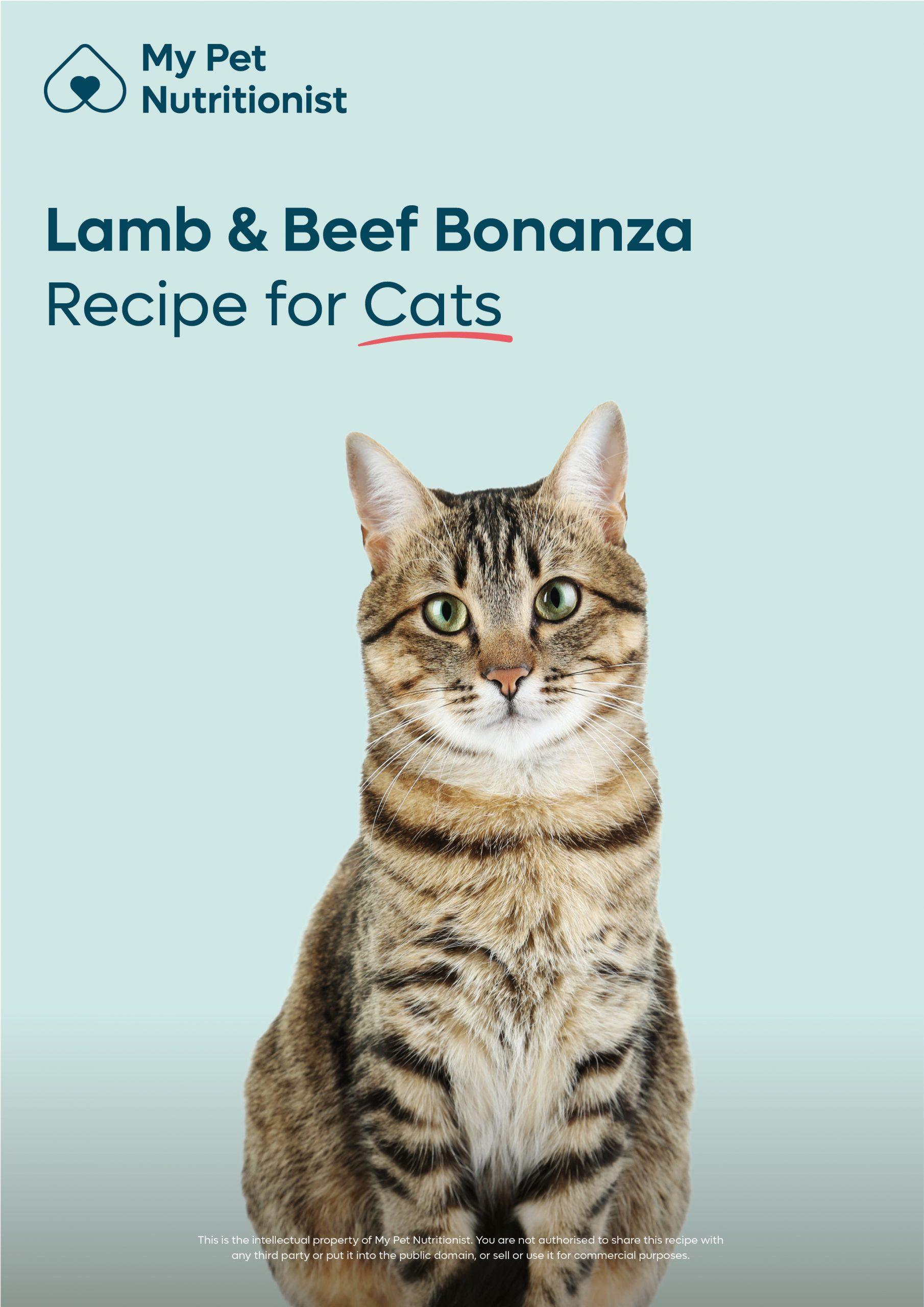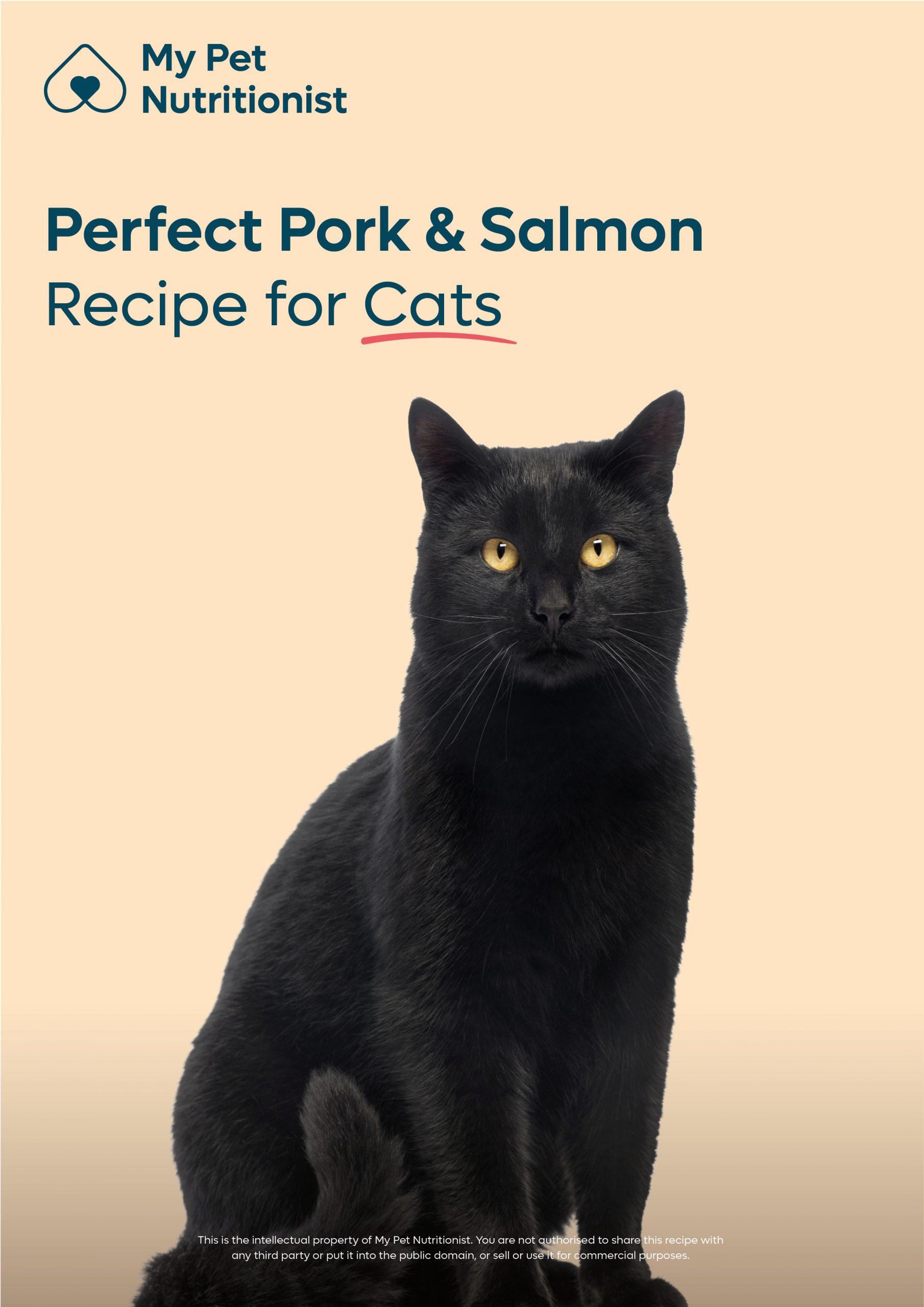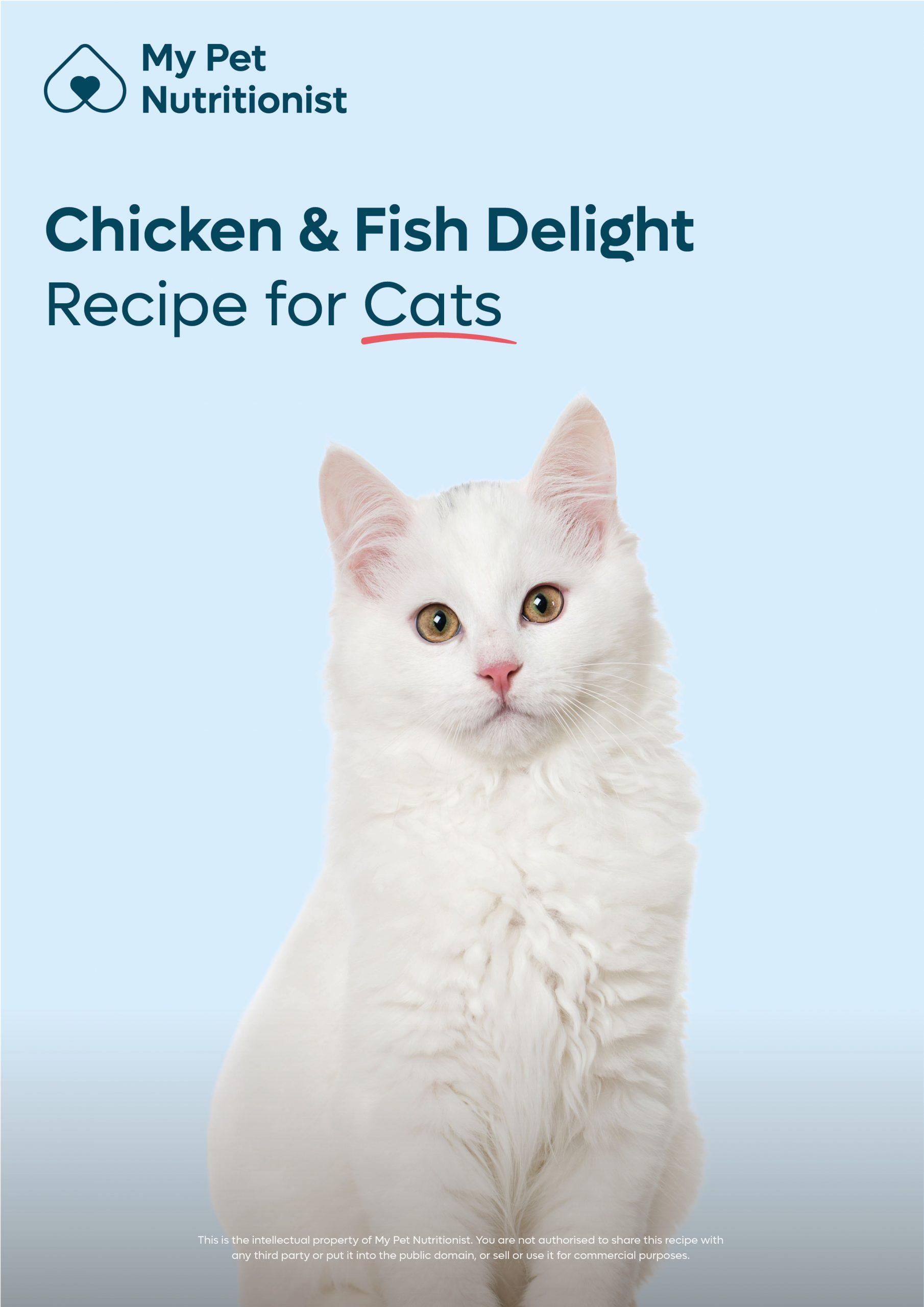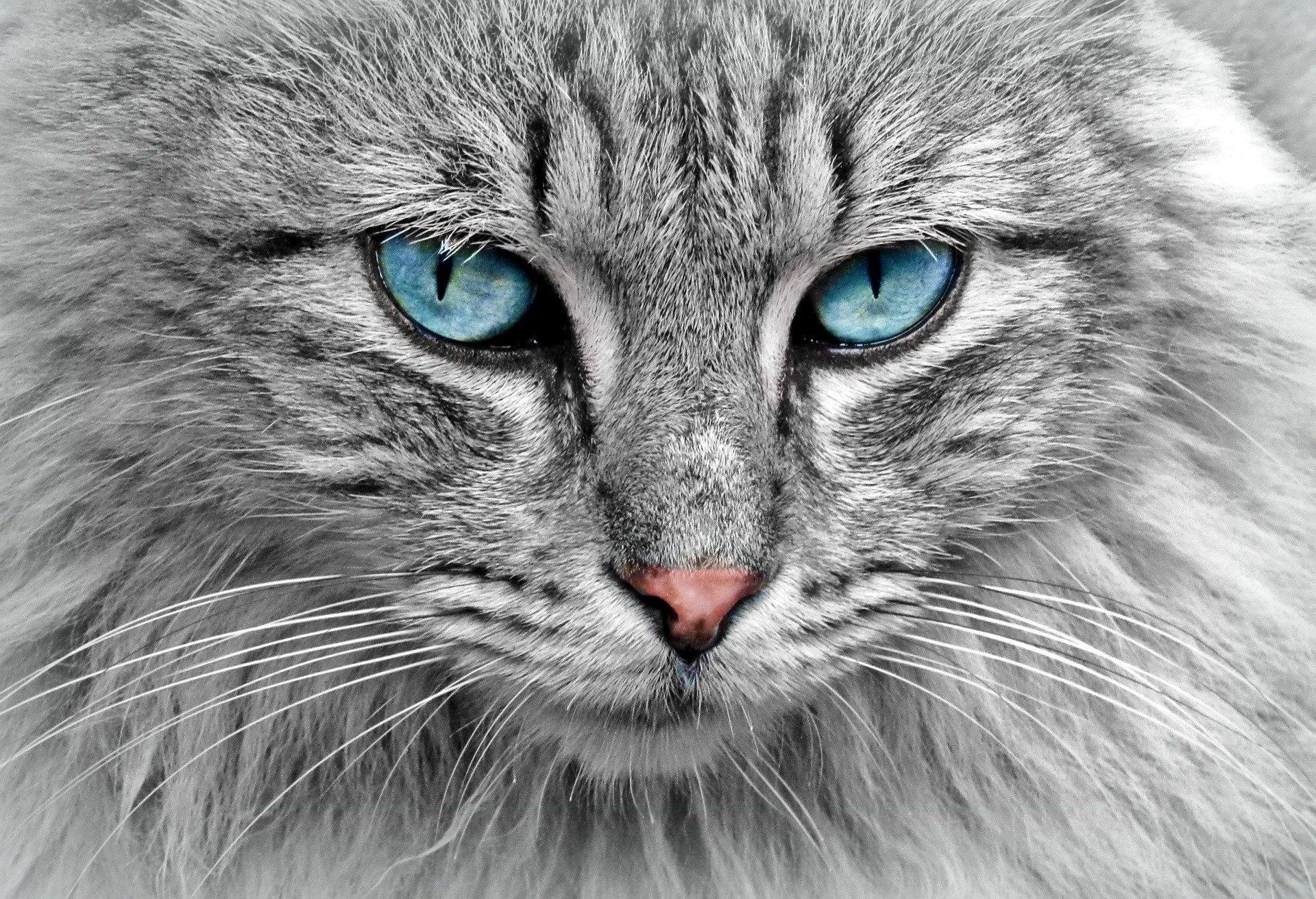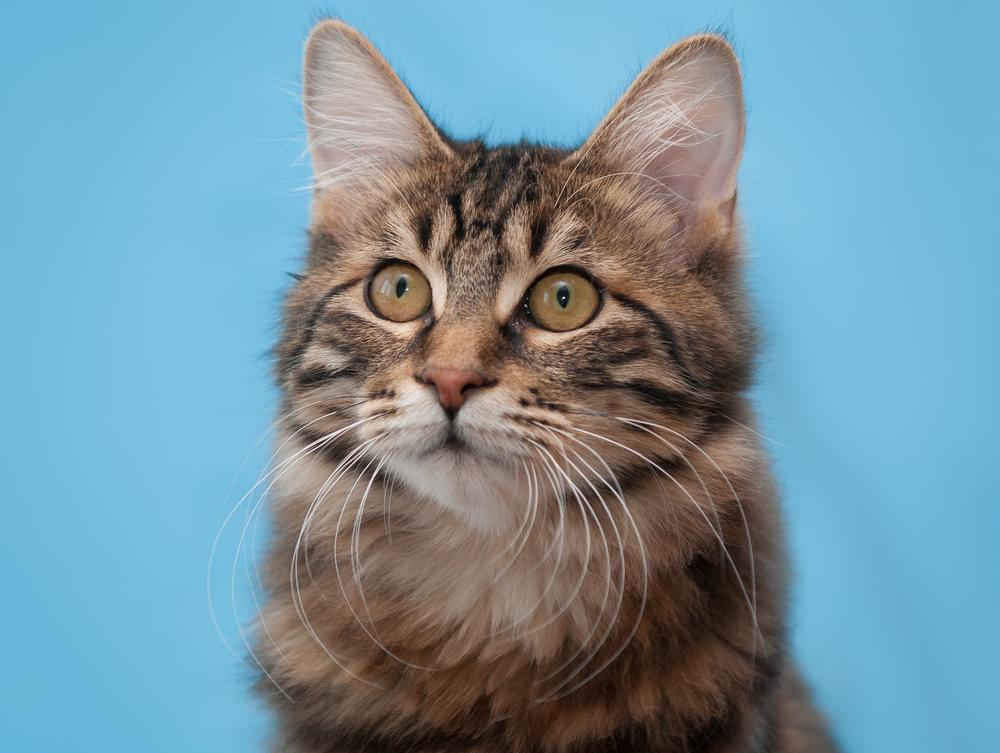-
£19.99

What is Cat Acne? Our Top Tips to Tackle It
- January 31, 2022
- 5 mins 54 secs
Whilst we thought we were leaving acne behind in our teenage years, sadly, our feline friends can and do suffer with it. Appearing as red bumps, black dots or dirt on your cat’s chin, cat acne is the result of the hair follicles (more commonly the ones on their chin) becoming “plugged!”
There are a number of reasons why this condition affects cats, so let’s take a look at it in a little more detail, with some of our top tips to tackle it.
What are the Signs and Symptoms of Cat Acne?
The Epidermis – (Epi – upon or above) this is the outer layer of skin, the protective layer.
The Dermis – the dermis supports and nourishes the outer layer. It provides strength and elasticity. Here you will find collagen fibres, sweat glands, sebaceous glands, and hair follicles. You will also find cells that release histamine and other inflammatory mediators when faced with an allergy or injury.
The Subcutis – (sub meaning under or below) this in the innermost layer of the skin, where you will find fat and muscles. Subcutaneous fat provides insulation, padding and storage for reserve energy.
Not only does the structure of the skin prevent water and electrolyte loss to help maintain body homeostasis, but it forms a protective barrier which helps protect against infections, parasites, and the elements.
This is the often-forgotten role of the skin – that it forms part of the immune system.
If this barrier is compromised, we start to see issues on the surface (in the form of skin disease), along with body wide inflammatory issues.
Watch for signs of stress in your cat, they may become more withdrawn than usual, they may hide more often or become less tolerant of people. In more severe cases they may toilet in inappropriate places.
Pheromone diffusers can be great options to help calm a stressed cat, but also giving them plenty of opportunities to hide.
In shelter environments, cats have noted huge reductions in stress-related behaviours in less than 10 days, when they have been allowed to hide. It also didn’t affect their ability to be rehomed.
In short, those cats allowed to hide were less-stressed, more eager to approach strangers and more active.
Findings Here
Cats are largely solitary animals. They have always marked their territories by way of scent. They rub their facial glands around their environment and also mark by way of urine, faeces and anal glands. Not only does hiding allow them to watch for threats from one direction only, (the one way into the box) it is also a confined space where they are very quickly surrounded by their own scent.
The key is to have ample hiding spaces. So, if you have more than one cat, they each need their own space to hide. Free from dogs, children and other territory intruders.
You could simply place carboard boxes around your home, perhaps in the usual places your cat chooses to hide, or you can buy activity centres with boxes attached. Cocoon style beds are also perfect; just remember to buy one with removable, washable covers.
Overgrooming can also be a sign of boredom – it often becomes more common in winter, when cats are spending more time indoors. If this is a concern, provide plenty of opportunities for your cat to engage in natural behaviour, within the home. Study after study shows us that enriched environments reduce the stress-hormone found in stressed cat’s urine considerably.
Remove potential allergens from the home where possible, this can be the washing detergent you use on fabrics and cat beds, to the bowl your cat eats and drinks from. Ceramic or glass plates often bring great relief to cats suffering with cat acne. As plates are flat, they are also in less contact whilst eating.
The same also applies to the food you feed your cat.
As we know, a huge number of immune cells are found in the gut – what this means is that the gut trains the immune system in what to respond to, and what to ignore. When we feed a food high in antigenic compounds, the immune system responds in true inflammatory style! Not only this but there is a direct link between the gut and skin health – when gut health is compromised, we see issues arise through the skin, when we optimise gut health, we see improvements in skin health.
Improved hygiene can help mitigate risk of infection; regularly cleaning food bowls is essential, but over-cleanliness can compromise the integrity of the microbiome found in the skin. It’s like goldilocks – we need to be clean, but we also need beneficial bacteria to colonise both the gut and skin. Beneficial bacteria can outcompete pathogenic bacteria, but only if they are present. For the outdoor cat, they are exposed to a range of bacteria in the soil and trees, but for the indoor cat, they are less exposed.
Data indicates that the application of pesticides/fungicides significantly affects the composition of the microbiome in the skin.
Findings Here
The microbiome of the skin is key to its defence; therefore these products may compromise the skin barrier.
As you can see, there are a number of reasons why your cat may be unlucky enough to suffer with cat acne (or any range of skin disorders).
In the first instance, our top tips include:
Thanks for reading,
MPN Team
There are a number of reasons why this condition affects cats, so let’s take a look at it in a little more detail, with some of our top tips to tackle it.
What is Cat Acne?
Cat acne is more technically termed follicular keratinization. This is when there is an over production of keratin which is a protein found in the outer layer of skin. This excess keratin becomes trapped in the hair follicle and starts to form pustules or pimples. Cat acne is similar to human acne; characterised by the development of folliculitis (inflammation of the hair follicle).
What are the Signs and Symptoms of Cat Acne?
- Dirty appearance on the chin
- Lesions on the chin
- Blackheads/infected follicles
- Swollen lips
Potential Causes of Cat Acne
The Skin’s Immune Barrier Function
The skin is the largest organ of your cat’s body. It consists of three major layers:
The Epidermis – (Epi – upon or above) this is the outer layer of skin, the protective layer.
The Dermis – the dermis supports and nourishes the outer layer. It provides strength and elasticity. Here you will find collagen fibres, sweat glands, sebaceous glands, and hair follicles. You will also find cells that release histamine and other inflammatory mediators when faced with an allergy or injury.
The Subcutis – (sub meaning under or below) this in the innermost layer of the skin, where you will find fat and muscles. Subcutaneous fat provides insulation, padding and storage for reserve energy.
Not only does the structure of the skin prevent water and electrolyte loss to help maintain body homeostasis, but it forms a protective barrier which helps protect against infections, parasites, and the elements.
This is the often-forgotten role of the skin – that it forms part of the immune system.
If this barrier is compromised, we start to see issues on the surface (in the form of skin disease), along with body wide inflammatory issues.
What Can Compromise the Skin Barrier?
Over-grooming
This can be a common behaviour in a stressed cat. They may over-groom in an attempt to soothe. You will notice bald patches, but once your cat has removed their hair, it wont be long until they start compromising their skin too!
Watch for signs of stress in your cat, they may become more withdrawn than usual, they may hide more often or become less tolerant of people. In more severe cases they may toilet in inappropriate places.
Pheromone diffusers can be great options to help calm a stressed cat, but also giving them plenty of opportunities to hide.
In shelter environments, cats have noted huge reductions in stress-related behaviours in less than 10 days, when they have been allowed to hide. It also didn’t affect their ability to be rehomed.
In short, those cats allowed to hide were less-stressed, more eager to approach strangers and more active.
Findings Here
Cats are largely solitary animals. They have always marked their territories by way of scent. They rub their facial glands around their environment and also mark by way of urine, faeces and anal glands. Not only does hiding allow them to watch for threats from one direction only, (the one way into the box) it is also a confined space where they are very quickly surrounded by their own scent.
The key is to have ample hiding spaces. So, if you have more than one cat, they each need their own space to hide. Free from dogs, children and other territory intruders.
You could simply place carboard boxes around your home, perhaps in the usual places your cat chooses to hide, or you can buy activity centres with boxes attached. Cocoon style beds are also perfect; just remember to buy one with removable, washable covers.
Overgrooming can also be a sign of boredom – it often becomes more common in winter, when cats are spending more time indoors. If this is a concern, provide plenty of opportunities for your cat to engage in natural behaviour, within the home. Study after study shows us that enriched environments reduce the stress-hormone found in stressed cat’s urine considerably.
Allergens
If pesky allergens or irritants come into contact with the body, they soon feel the full wrath of the immune response. What starts with inflammation, will venture to a targeted attack in order to eradicate the invader. But this does consist of redness, heat, and pain. This can result in pets scratching in an attempt to remove the less than comfortable inflammatory response. In the process, not only has the skin been exposed to an allergen, resulting in an inflammatory response, but paired with scratching, the skin barrier is compromised further, which then becomes a vicious cycle.
Remove potential allergens from the home where possible, this can be the washing detergent you use on fabrics and cat beds, to the bowl your cat eats and drinks from. Ceramic or glass plates often bring great relief to cats suffering with cat acne. As plates are flat, they are also in less contact whilst eating.
The same also applies to the food you feed your cat.
As we know, a huge number of immune cells are found in the gut – what this means is that the gut trains the immune system in what to respond to, and what to ignore. When we feed a food high in antigenic compounds, the immune system responds in true inflammatory style! Not only this but there is a direct link between the gut and skin health – when gut health is compromised, we see issues arise through the skin, when we optimise gut health, we see improvements in skin health.
Potential Irritants for Your Cat:
- Reed diffusers
- Air fresheners
- Odour neutralisers
- Fabric refreshers (aerosols, sprays etc)
- Cleaning products
- Washing detergents
- Fabric softeners
- Candles (release VOCs into the environment)
- E-cigarettes
- Flame retardants found in curtains/carpets etc
- Ultra-Processed Foods
Infection
Samples often show bacterial infection as a cause of cat acne; this can compromise the skin barrier and contribute to sebaceous gland and follicle dysfunction.
Improved hygiene can help mitigate risk of infection; regularly cleaning food bowls is essential, but over-cleanliness can compromise the integrity of the microbiome found in the skin. It’s like goldilocks – we need to be clean, but we also need beneficial bacteria to colonise both the gut and skin. Beneficial bacteria can outcompete pathogenic bacteria, but only if they are present. For the outdoor cat, they are exposed to a range of bacteria in the soil and trees, but for the indoor cat, they are less exposed.
Medications
Many of the OTC products for flea and tick control in cats are spot on treatments. This is a product that is administered behind the neck/between the shoulder blades. In addition, when cats are suffering with a range of skin issues, fungicide medications are often administered.
Data indicates that the application of pesticides/fungicides significantly affects the composition of the microbiome in the skin.
Findings Here
The microbiome of the skin is key to its defence; therefore these products may compromise the skin barrier.
As you can see, there are a number of reasons why your cat may be unlucky enough to suffer with cat acne (or any range of skin disorders).
In the first instance, our top tips include:
- Opting for a fresh food diet (with consideration of an elimination diet to remove antigenic foods)
- Offer filtered water
- Feed from ceramic or glass plates/bowls
- Remove irritants where possible in the home
- Be mindful of grooming behaviour (whether it is poor, or over-zealous)
- Modulate stress in your cat
Thanks for reading,
MPN Team
Customer Reviews
Explore related products
Explore Related Products
Related articles
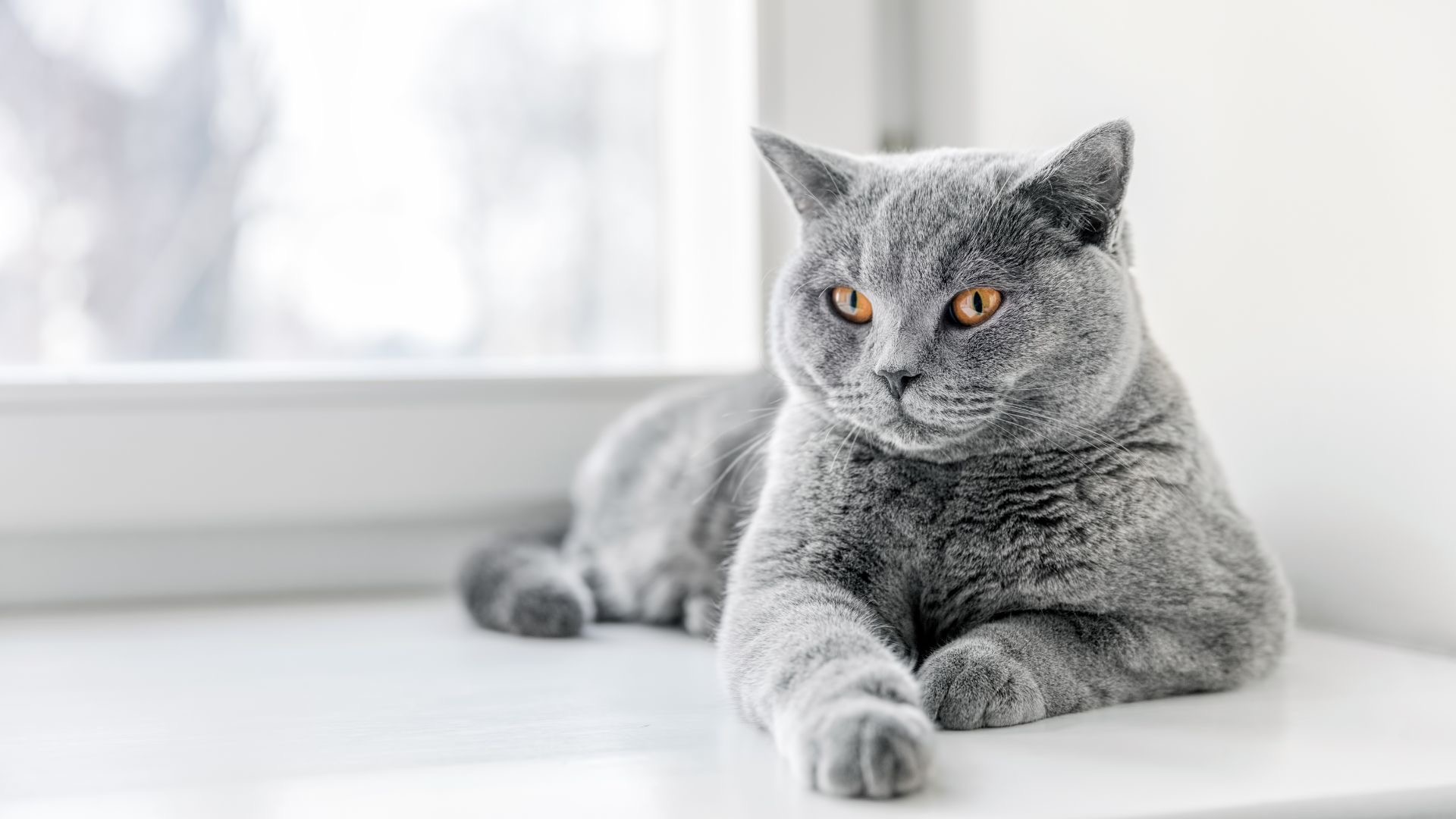
Disease ManagementCatsCats General Health
Do Indoor Cats Have Different Needs to Outdoor Cats?
Jul 05 2024
•
7 mins 50 secs
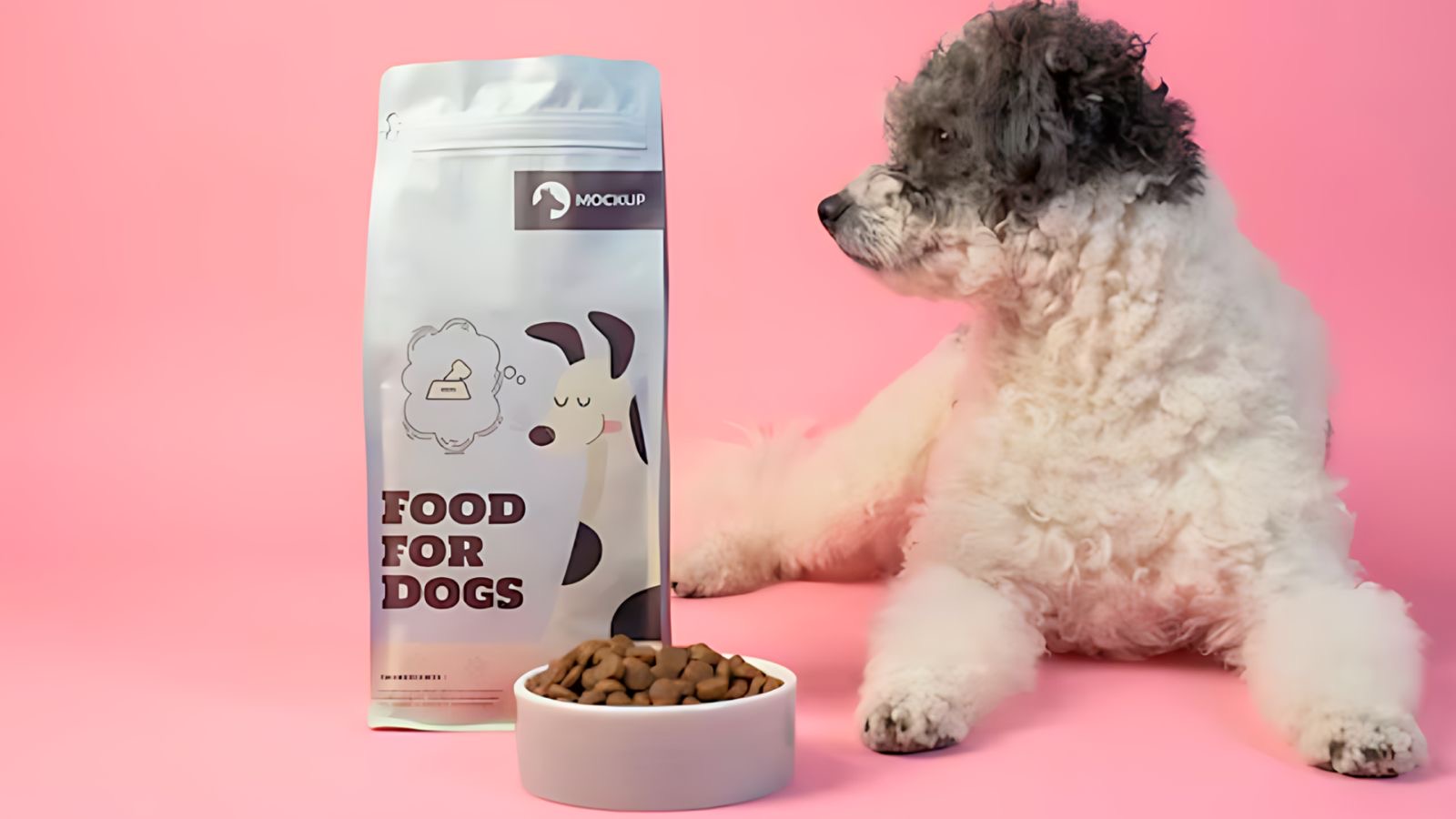
Disease ManagementCatsCats General Health
Understanding Pet Food Labels
Jun 13 2024
•
8 mins 40 secs
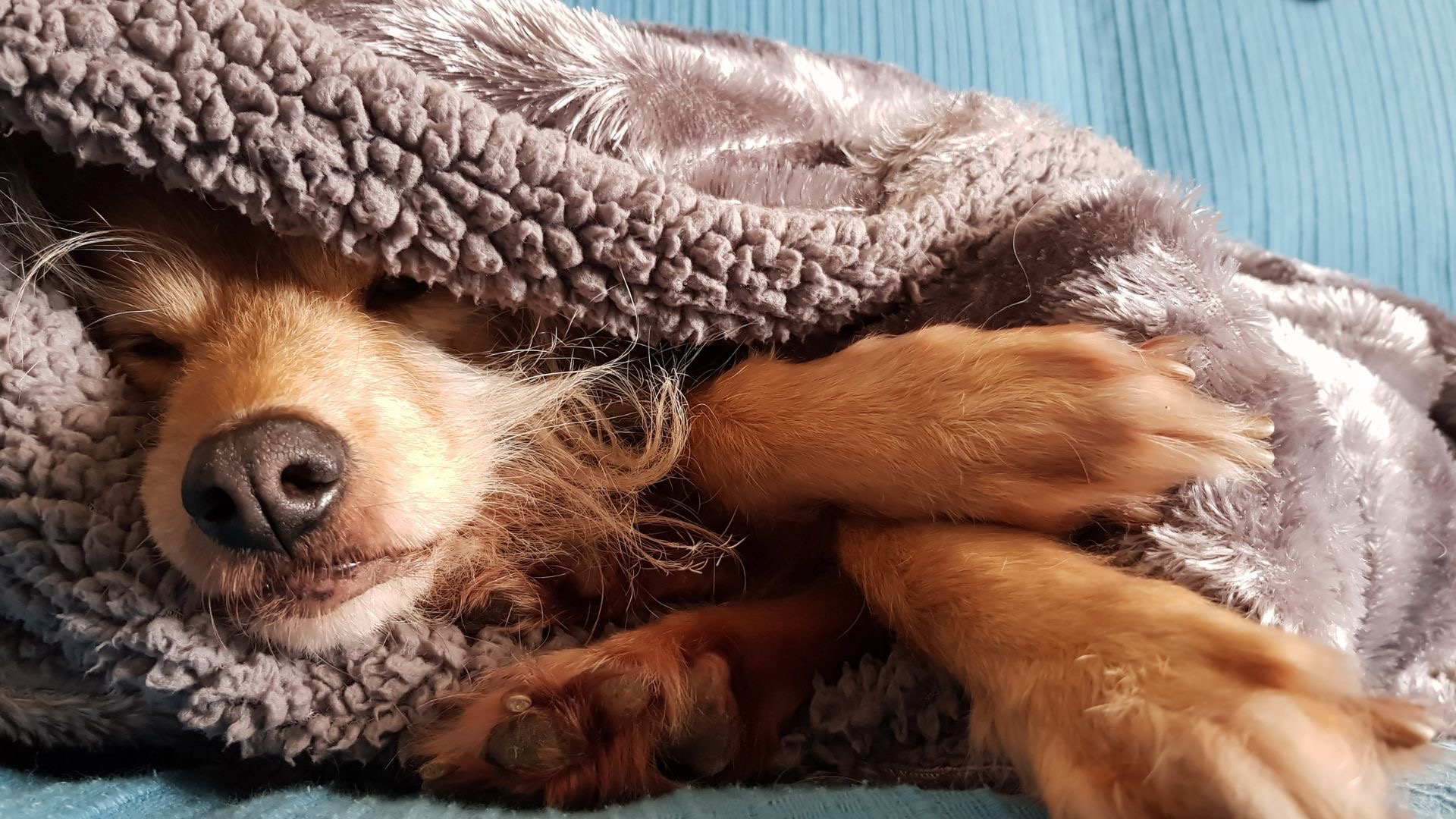
Disease ManagementCatsCats General Health
The Low Down on Hypoglycaemia in Pets
Jun 06 2024
•
8 mins 25 secs

Disease ManagementCatsCats General Health
What is Pica, and Does Your Pet Have It?
May 23 2024
•
7 mins 15 secs

Disease ManagementCatsCats General Health
How to Choose the Best Omega Oil for Pets
May 03 2024
•
12 mins 45 secs

Disease ManagementCatsCats General Health
How to Avoid Environmental Hazardous Exposure in Pets – Part 2
Apr 25 2024
•
16 mins
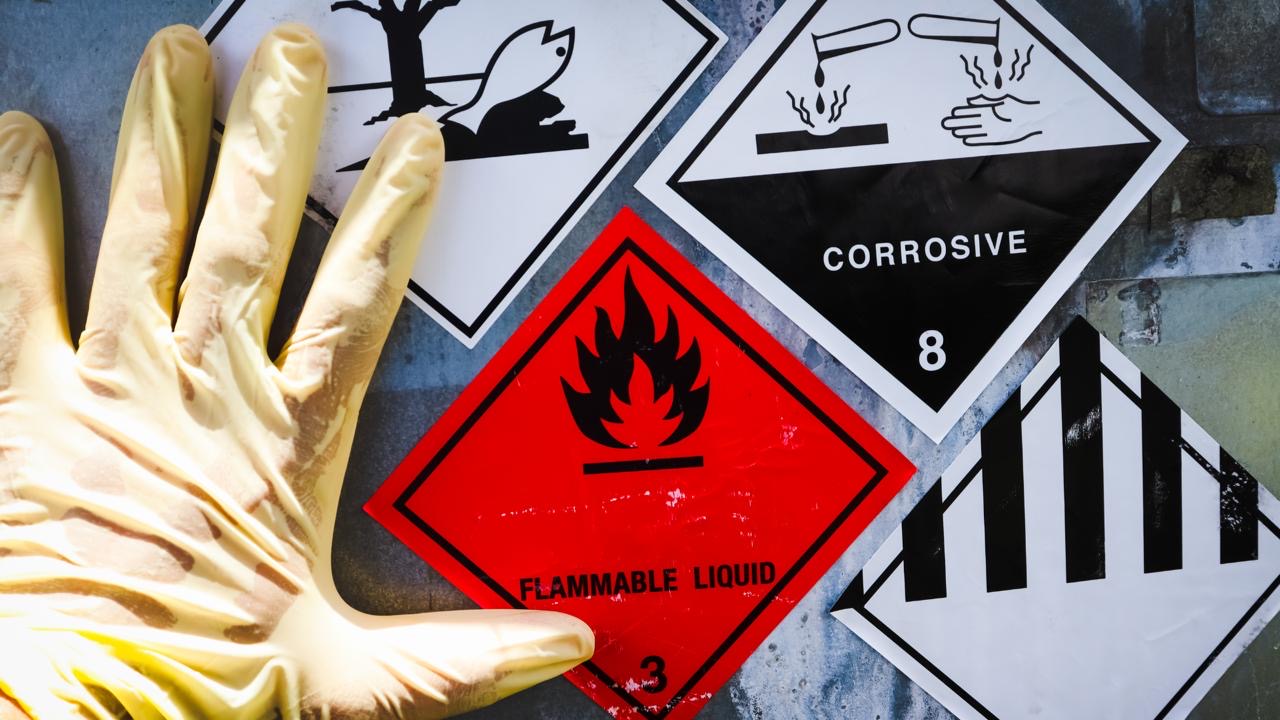
Disease ManagementCatsCats General Health
How To Avoid Environmental Hazardous Exposure in Pets – Part 1
Apr 19 2024
•
9 mins 40 secs

Disease ManagementCatsCats General Health
The Ultimate Guide on Parasites: Part 2 – Internal Parasites
Feb 17 2024
•
16 mins
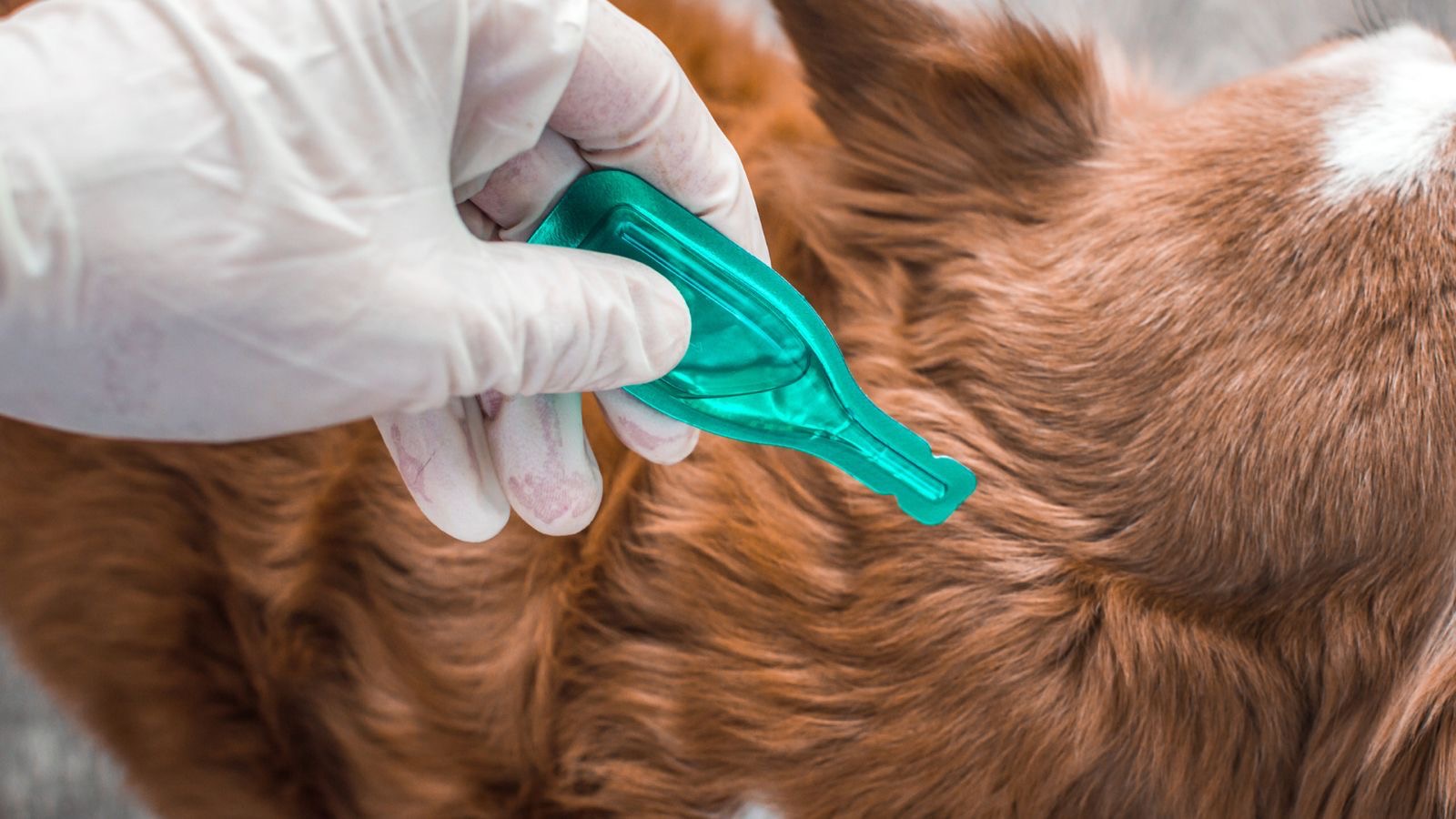
Disease ManagementCatsCats General Health
The Ultimate Guide on Parasites – Part 1: External Parasites
Feb 16 2024
•
11 mins 40 secs
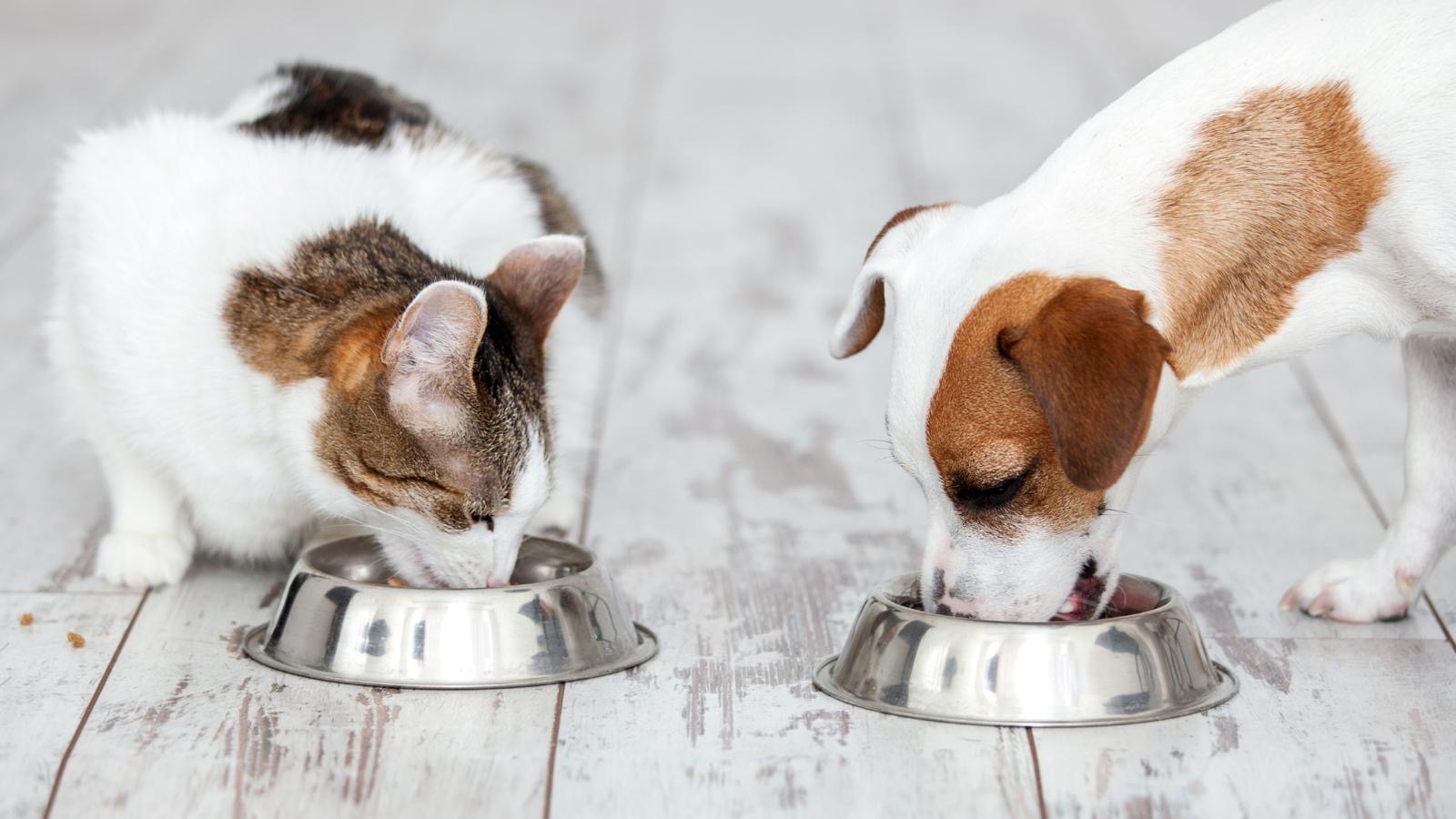
Disease ManagementCatsCats General Health
What Should I Feed My Cat or Dog?
Jan 11 2024
•
8 mins 40 secs
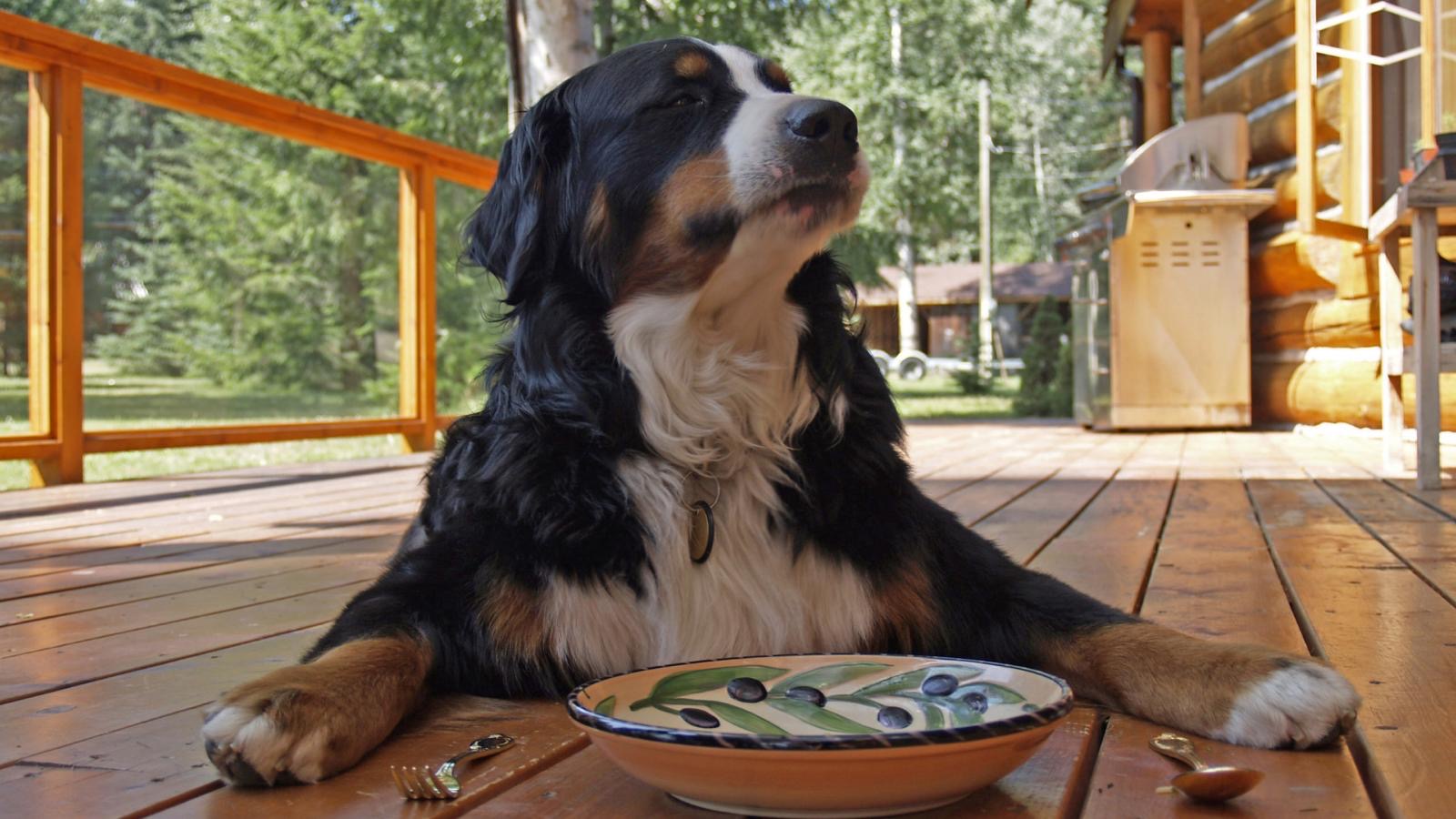
Disease ManagementCatsCats General Health
Should I Fast my Cat or Dog?
Jan 04 2024
•
6 mins 10 secs
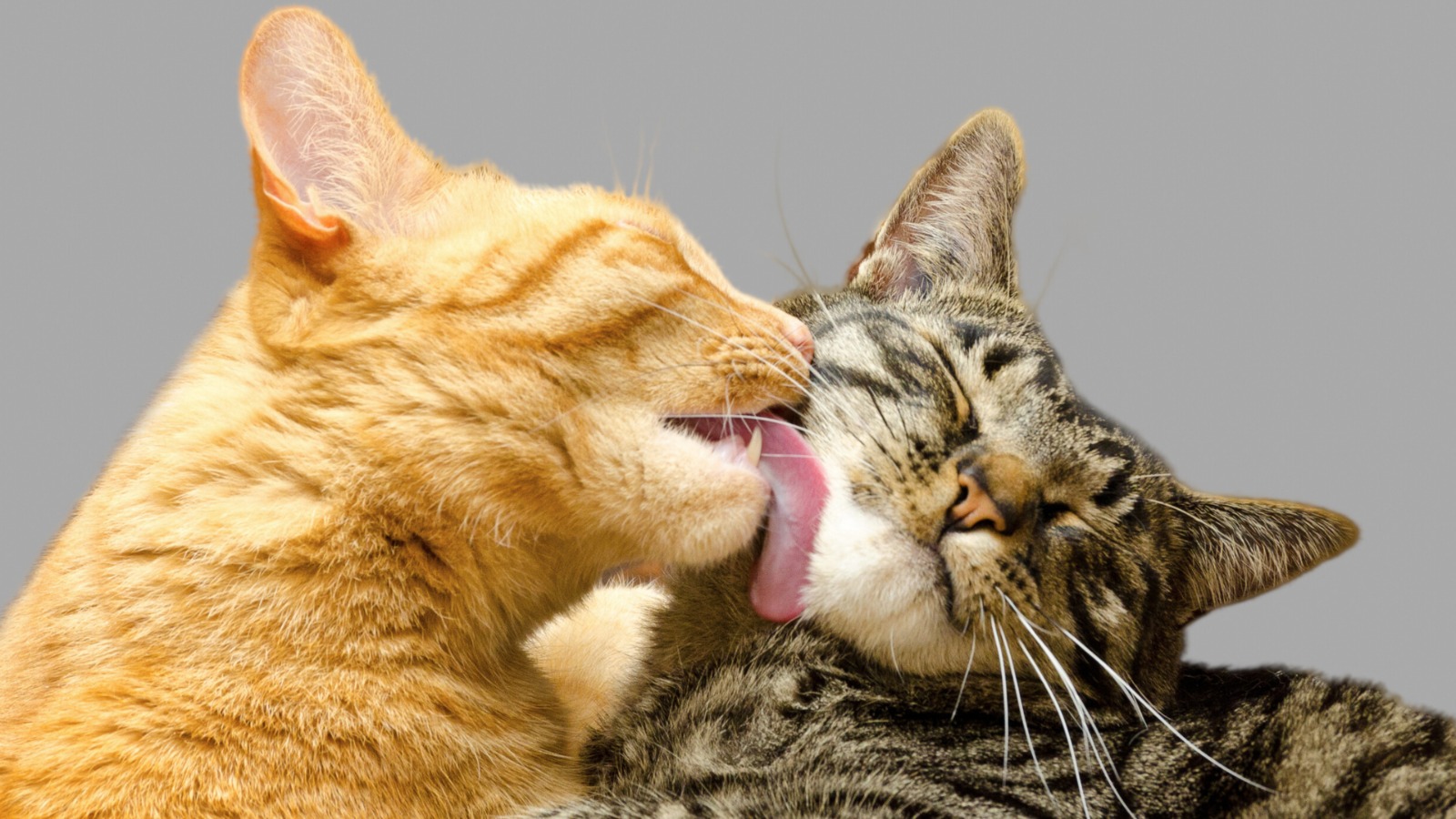
Disease ManagementCatsCats General Health
HELP, my Cat has Furballs!
Aug 17 2023
•
4 mins 50 secs

Disease ManagementCatsCats General Health
Should I Feed Vegetables to my Pet?
Aug 10 2023
•
5 mins 30 secs

Disease ManagementCatsCats General Health
Hormones, and Their Role in the Body
Apr 20 2023
•
7 mins 12 secs

Disease ManagementCatsCats General Health
Offal… Why is it Important?
Mar 29 2023
•
4 mins 32 secs
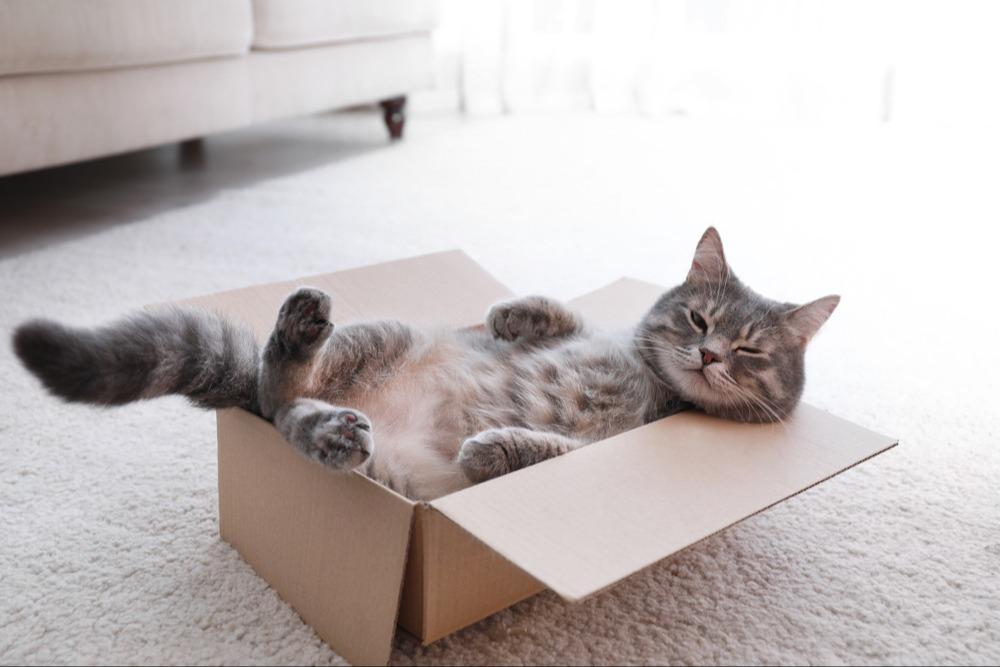
Disease ManagementCatsCats General Health
How to Enrich Your Cat’s Life
Aug 08 2022
•
5 mins 30 secs
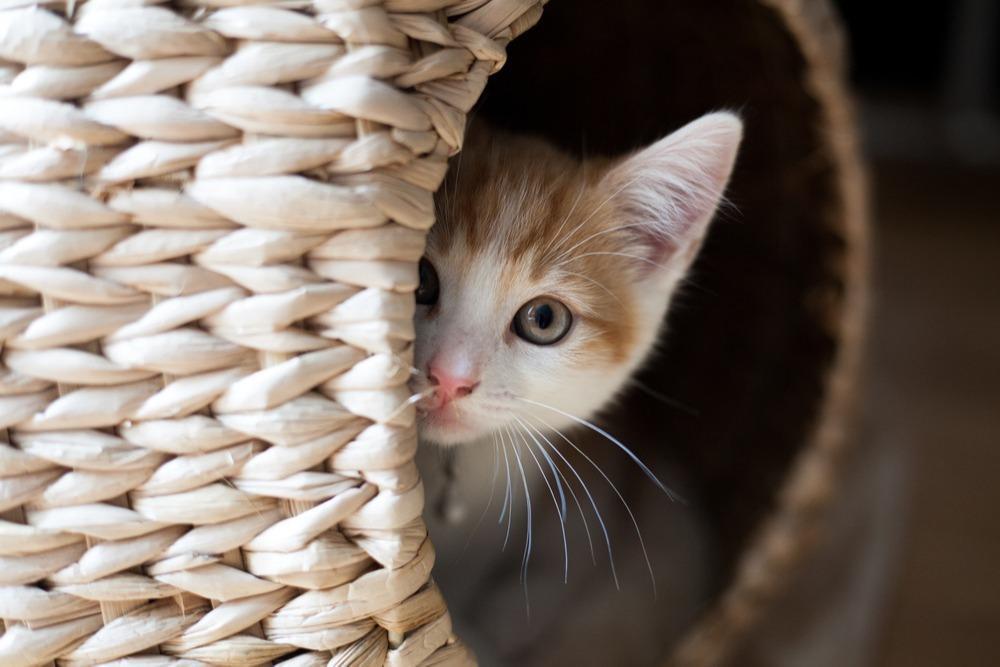
Disease ManagementCatsCats General Health
How Can We Support the Stressed Cat?
Jun 02 2022
•
6 mins 35 secs
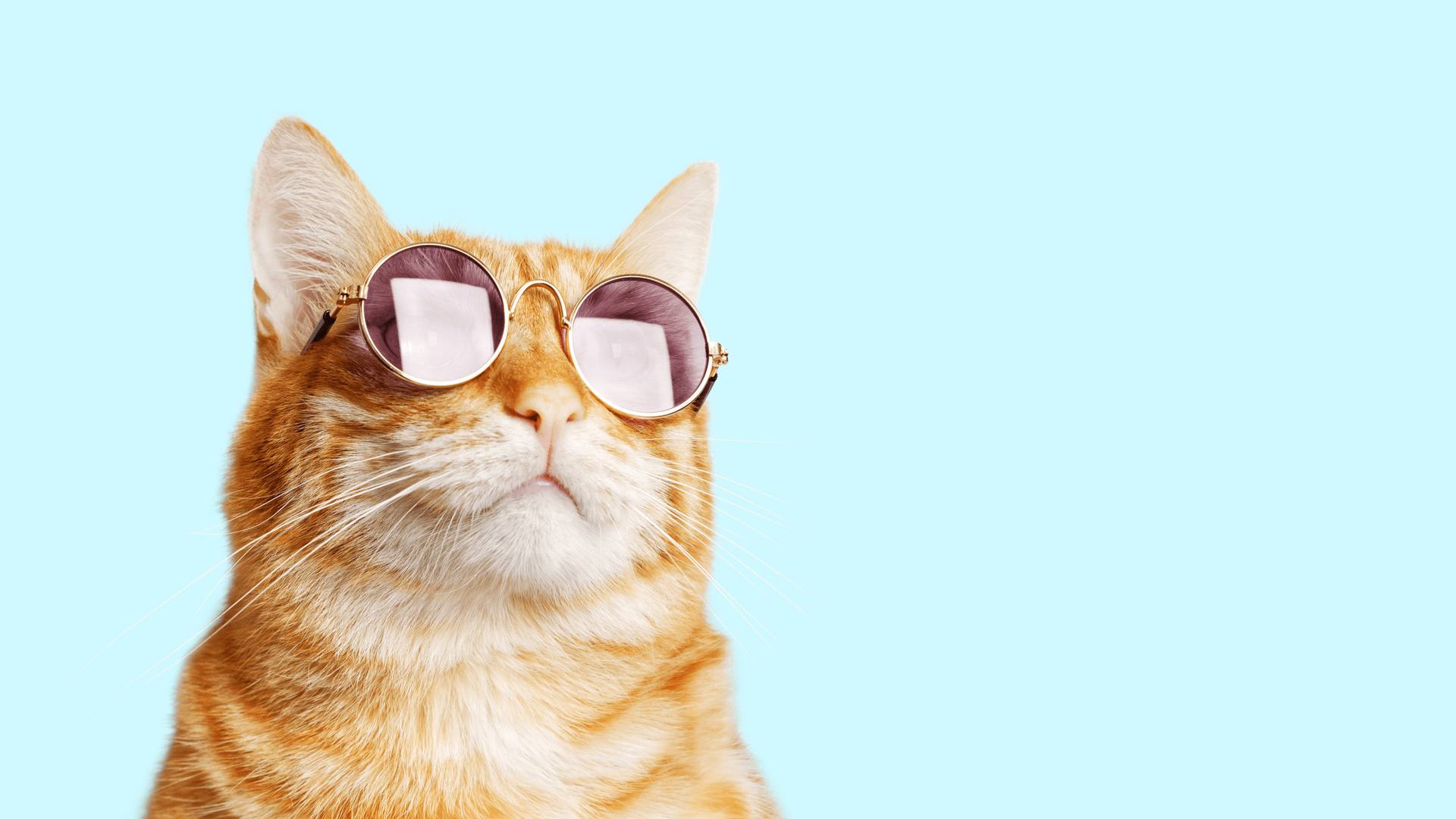
Disease ManagementCatsCats General Health
What is Cat Acne? Our Top Tips to Tackle It
Jan 31 2022
•
5 mins 54 secs
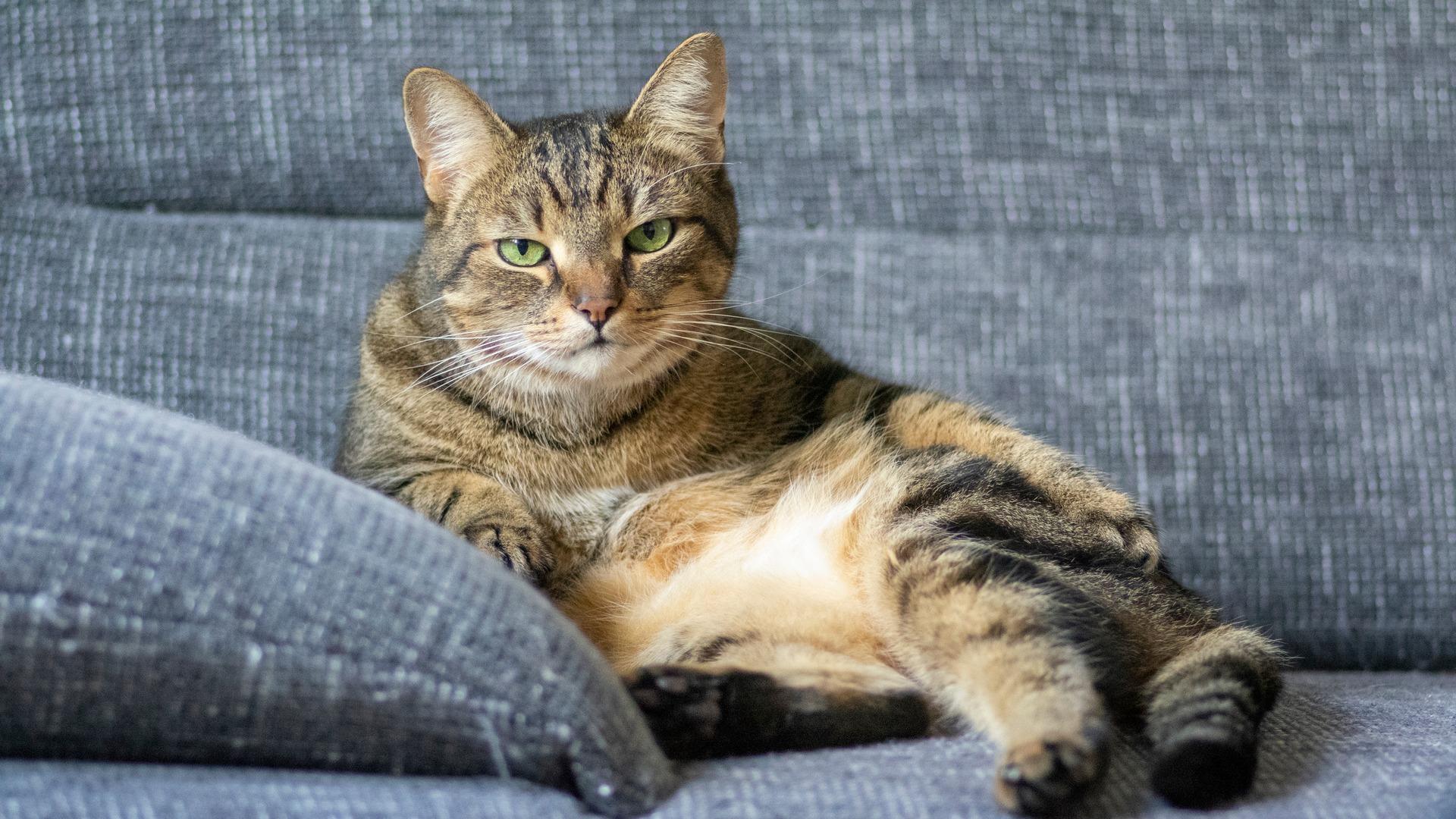
Disease ManagementCatsCats General Health
How Can I Help My Cat Lose Weight?
Jan 31 2022
•
4 mins 30 secs
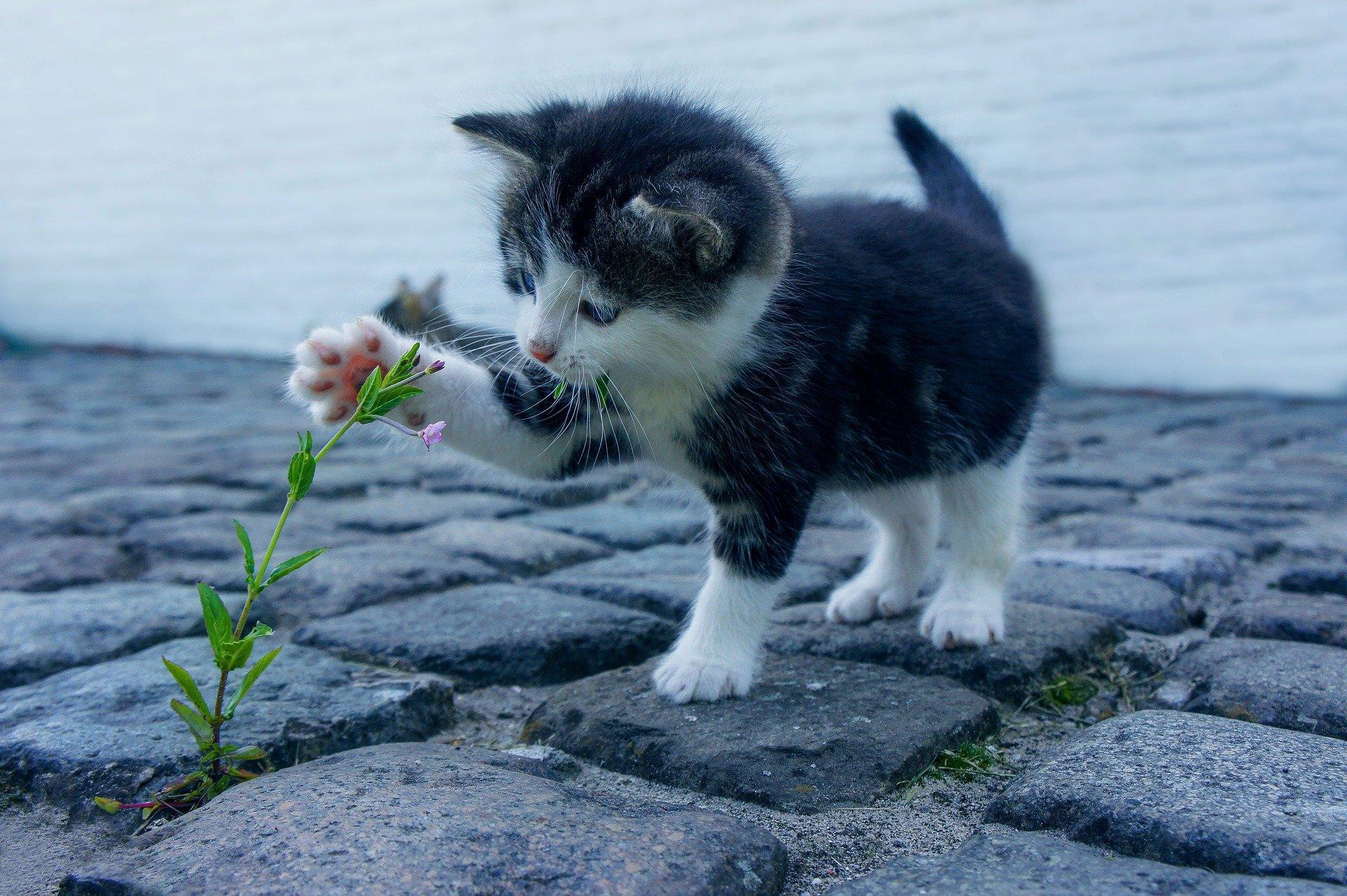
Disease ManagementCatsCats General Health
Can Cats Improve Our Health?
Nov 16 2021
•
5 minutes 52 secs
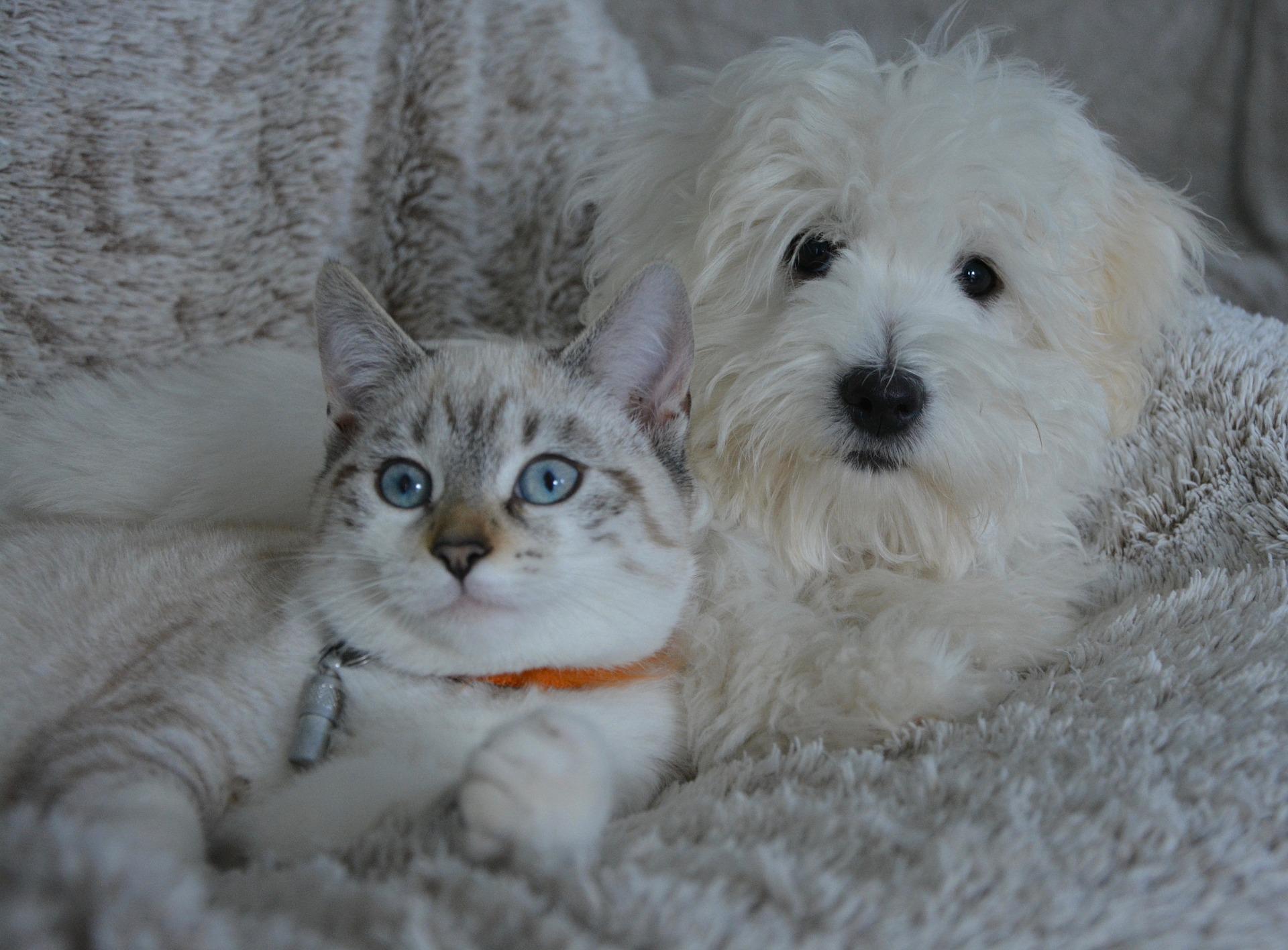
Disease ManagementCatsCats General Health
Should I Feed My Pet a Vegan Diet?
Nov 09 2021
•
5 mins 6 secs
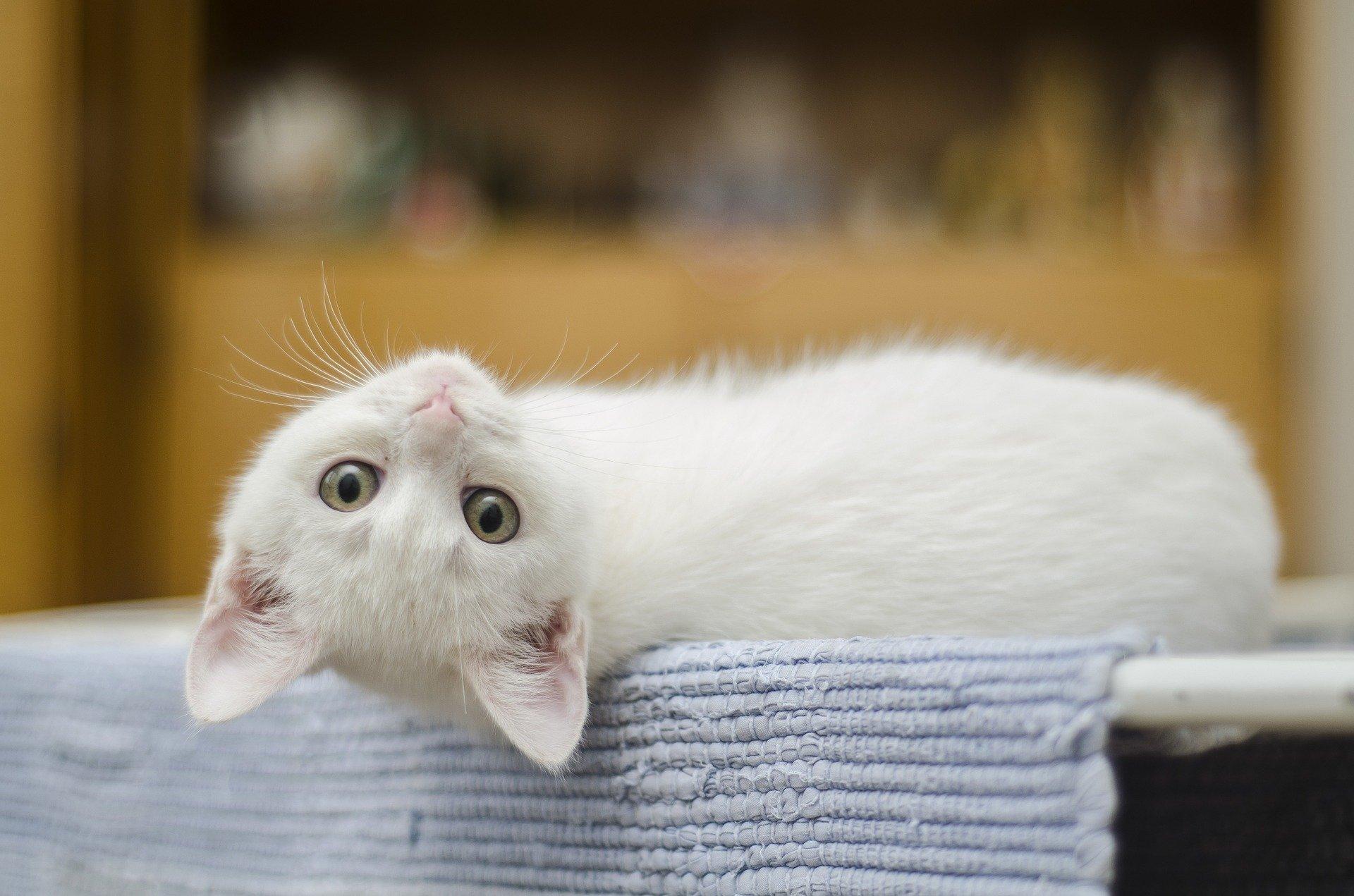
Disease ManagementCatsCats General Health
5 Tips To Keep Your Cat Healthy
Sep 04 2021
•
8 min read

Disease ManagementCatsCats General Health
How Nutrition Affects Your Pet’s Genes
Apr 19 2021
•
15 min read
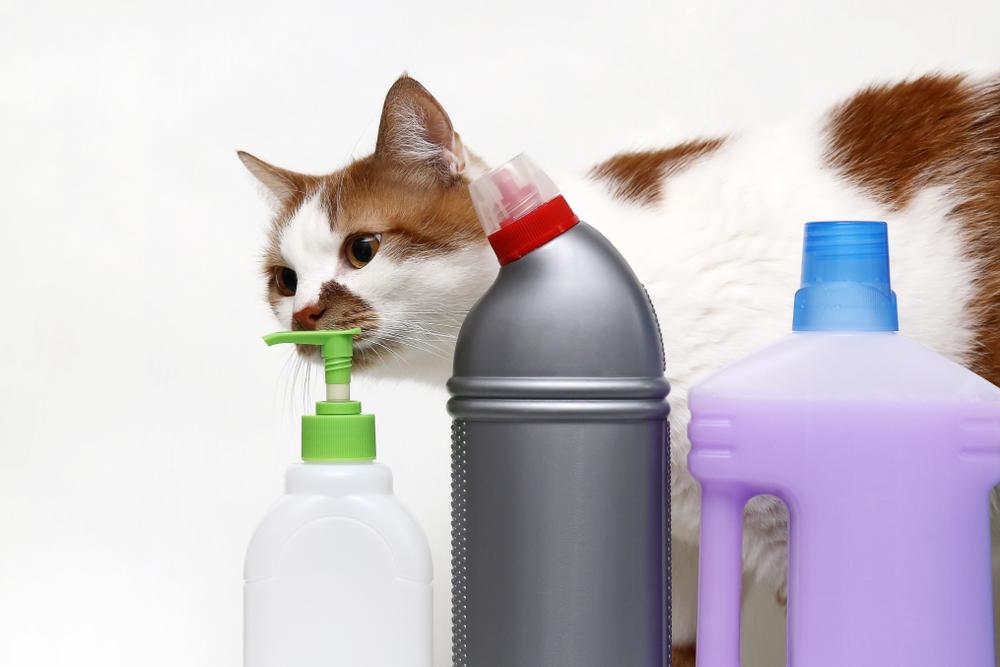
Disease ManagementCatsCats General Health
The Struggle of the Cat in our Toxic World
Mar 09 2021
•
8 min read

Disease ManagementCatsCats General Health
What is the best kind of pet food?
Jan 14 2021
•
11 min read
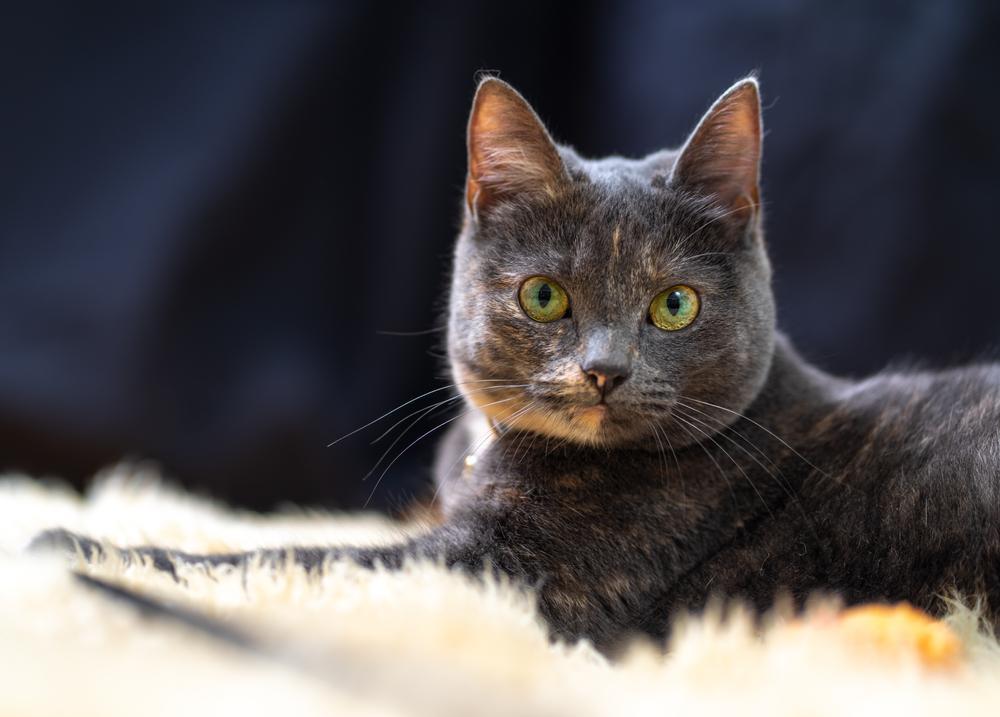
Disease ManagementCatsCats General Health
What Food Should My Cat Eat?
Nov 04 2020
•
8 min read
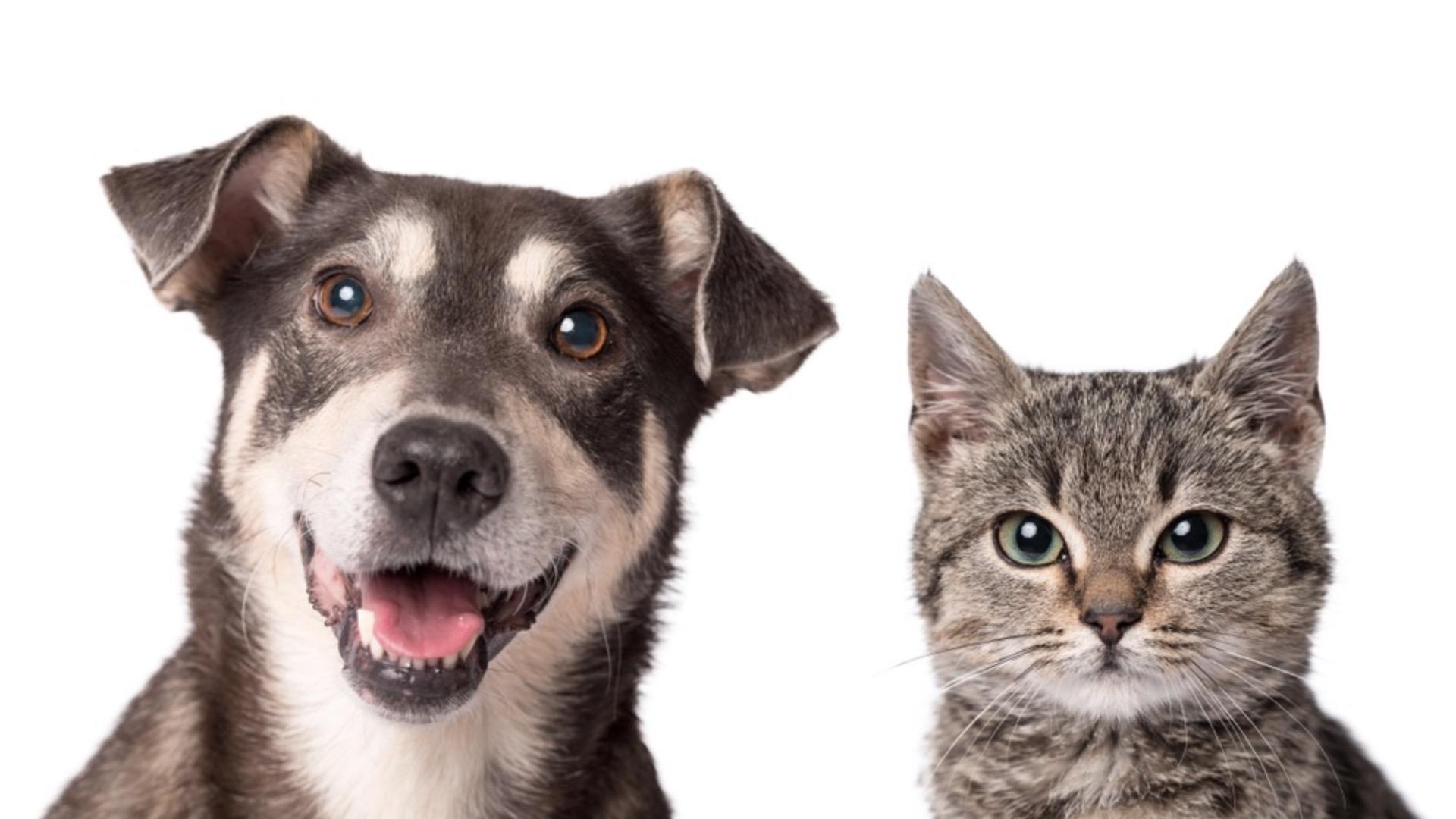
Disease ManagementCatsCats General Health
Natural Flea and Worming Treatments
May 05 2020
•
7 min read

Disease ManagementCatsCats General Health
What is the best food to feed my cat or dog?
Oct 10 2019
•
5 min read
✕





